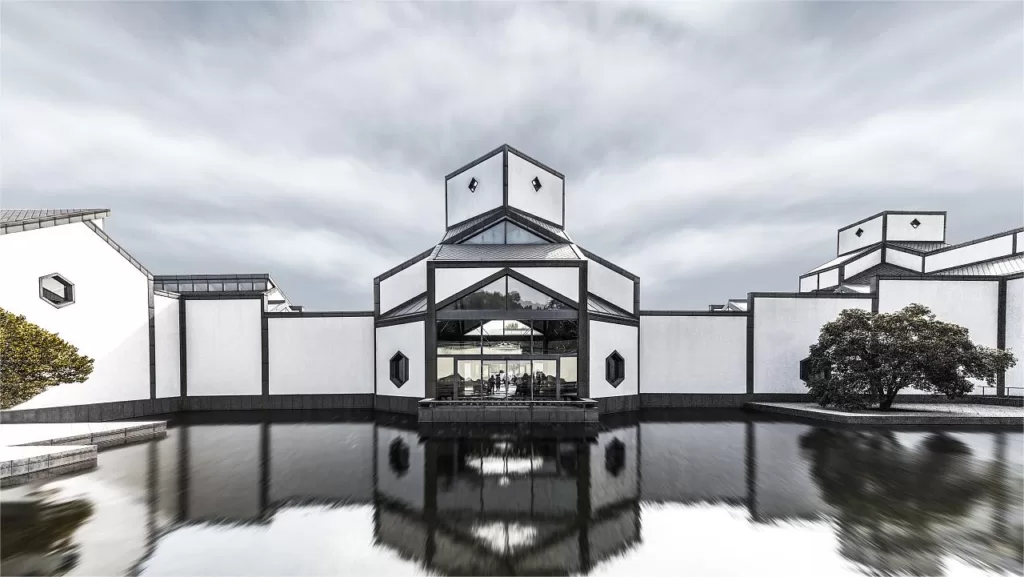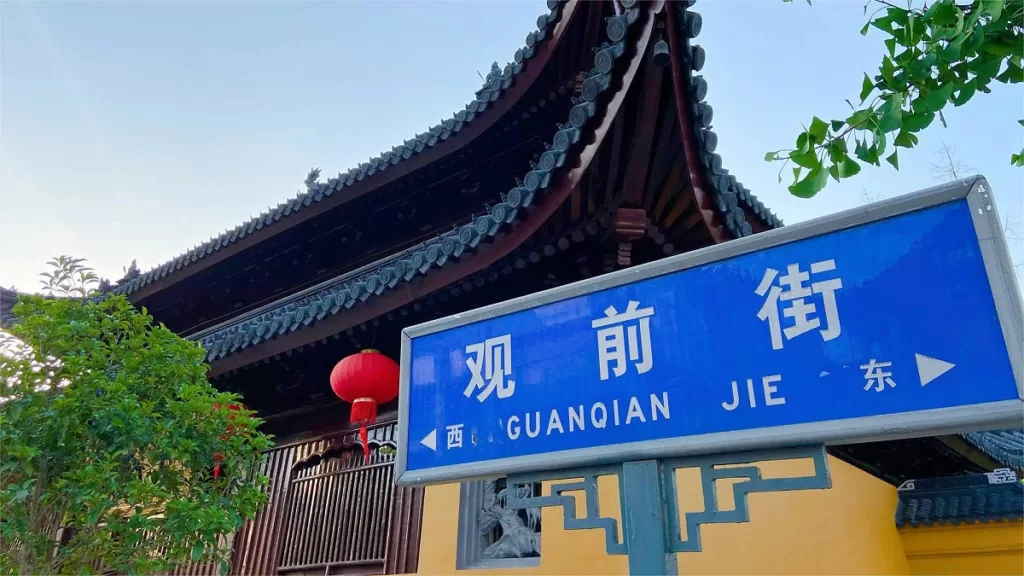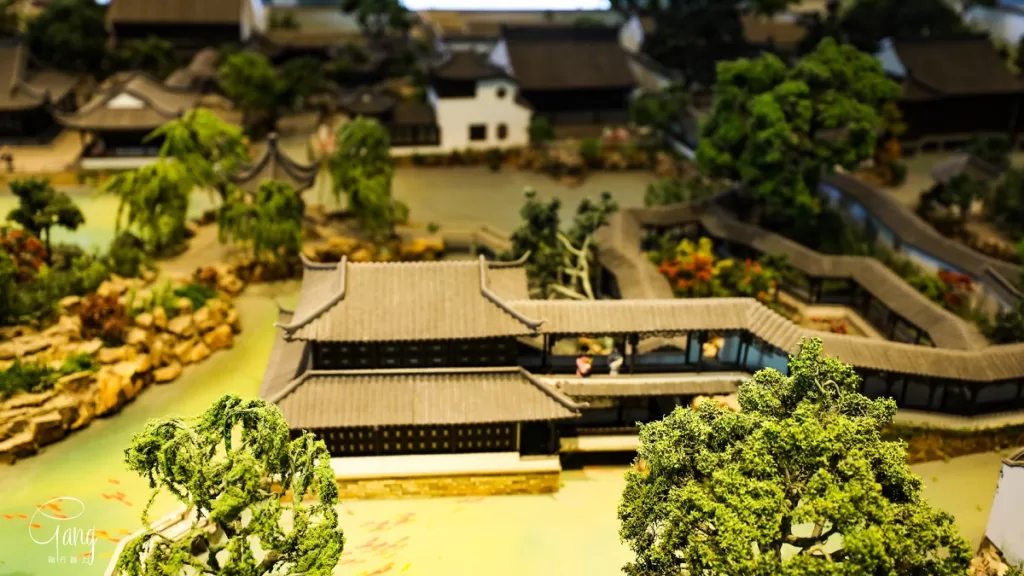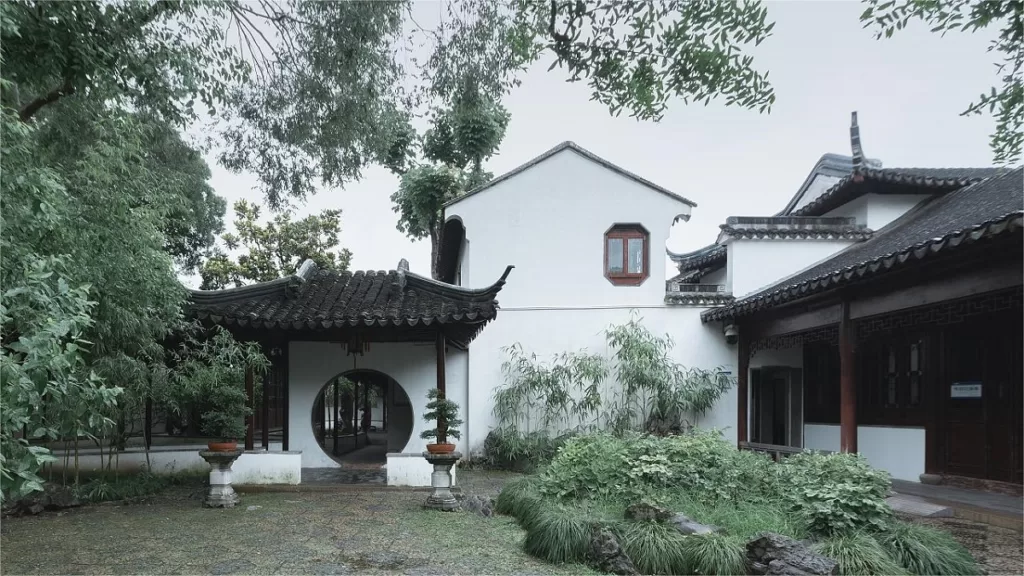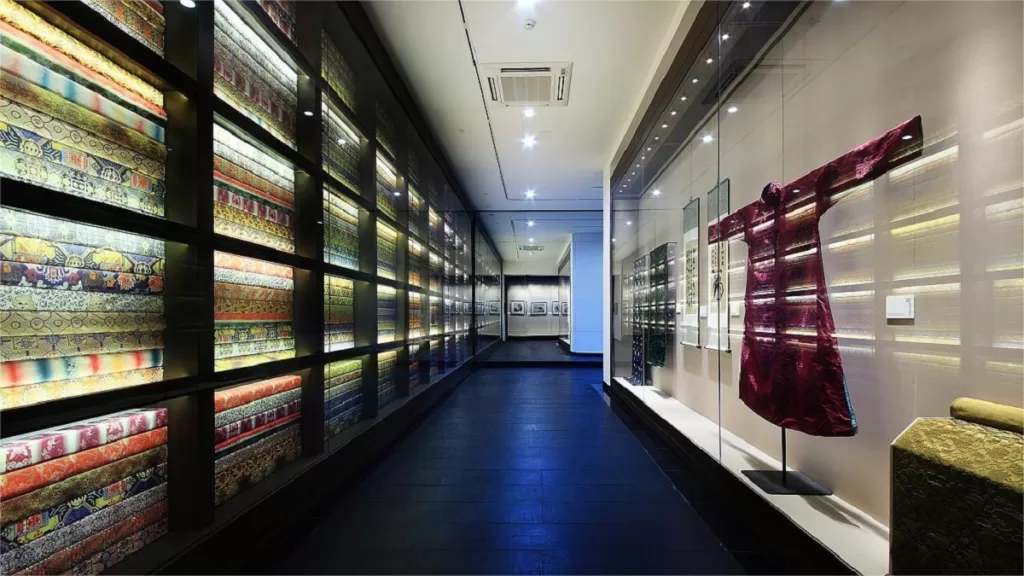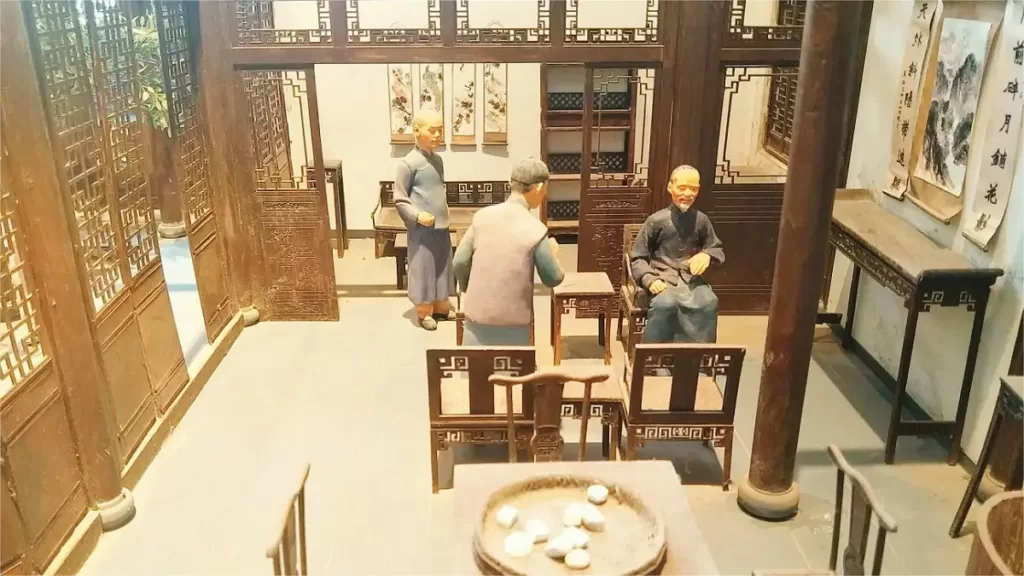Nestled in the picturesque city of Suzhou, China, the Taipingtianguo Zhongwang Mansion (天平天国忠王府) stands as a remarkable testament to the rich historical and architectural heritage of the region. Renowned for its exquisite design, intricate details, and profound historical significance, this mansion offers visitors a captivating journey through time. From its origins rooted in the Taiping Rebellion to its current status as a symbol of Suzhou’s cultural heritage, the Taipingtianguo Zhongwang Mansion holds a unique place in China’s architectural legacy.
Table of Contents
- Basic Information
- Location and Transportation
- Highlights of the Mansion
- Attractions near Tianpingtianguo Zhongwang Mansion
Basic Information
| Estimated Length of Tour | 1 hour |
| Ticket Price | Free |
| Opening Hours | 9.00 – 17.00; Last admission: 16.00 |
| History | 1860: Built as the residence of Zhongwang as he conquered Suzhou 1863: Occupied by Li Hongzhang after Zhongwang was defeated 1872: Converted into a guild house 1946: Converted into a school 1960: Converted into a museum |
| Telephone Number | 0086-0512-67575666 |
Location and Transportation
Nestled amidst the scenic landscapes of Suzhou, the Taipingtianguo Zhongwang Mansion commands attention as a historical and architectural masterpiece. This grand mansion is strategically situated within Suzhou’s urban fabric, harmoniously blending into the city’s rich tapestry of culture and history. Its exact address is No. 204, Northeast Street, Gusu District, Suzhou, Jiangsu Province, China. To get there, you can choose the following ways:
Bus: Take bus 5, 9009, 9016, 9025, or 9029, get off at Suzhou Museum Stop (苏州博物馆站), and walk about 200 meters to the north to reach the mansion.
Metro: The nearest metro station to the Humble Administrator’s Garden is North Temple Pagoda (Beisita 北寺塔) on line 4. After getting out of the station from Exit 4, walk about 800 meters to the east to reach the mansion.
Highlights of the Mansion
Historical Background
The Taiping Rebellion, a pivotal event in Chinese history during the mid-19th century, saw the rise of the Taiping Heavenly Kingdom, an ambitious movement that sought to overthrow the Qing Dynasty. Amidst this turmoil, the Zhongwang Mansion was commissioned by a prominent Taiping leader, serving as a strategic headquarters and a symbol of power during this tumultuous period. Its construction began in the early 1850s, reflecting the architectural styles of the time while also incorporating distinctive features that would make it stand out in the years to come.
Architectural marvels
Spread over a sprawling area, the Taipingtianguo Zhongwang Mansion presents an exquisite blend of traditional Chinese architectural elements with unique Taiping-inspired designs. The mansion’s layout follows the classical Chinese courtyard style, characterized by elegant pavilions, ornate gardens, and serene courtyards that invite visitors to step into a world of refined beauty. Elaborate wood carvings, intricate stone sculptures, and vibrant murals adorn the halls, reflecting the skilled craftsmanship of the artisans who brought this masterpiece to life.
The mansion’s central hall, known as the “Hall of Coiling Dragon,” serves as the focal point of the complex. Its grandeur is enhanced by the intricate detailing on the roof, which showcases mythical creatures, auspicious symbols, and intricate patterns. Walking through the halls, visitors are transported back in time, surrounded by an ambiance that reflects the grandeur and opulence of the Taiping era.
Cultural Significance
Beyond its architectural splendor, the Taipingtianguo Zhongwang Mansion holds deep cultural significance. It stands as a physical representation of the ideals and aspirations of the Taiping movement, symbolizing the pursuit of equality, social justice, and a better life for the masses. The mansion’s layout and design are infused with subtle references to these principles, serving as a testament to the ideals that once drove the Taiping Rebellion.
Preservation Efforts and Modern Relevance
In recent years, the Taipingtianguo Zhongwang Mansion has undergone extensive restoration and preservation efforts to ensure its legacy endures for future generations. The mansion now serves as a living museum, offering guided tours that delve into its historical context and architectural marvels. Its significance extends beyond its historical roots, as it plays a vital role in educating visitors about a pivotal period in China’s history and the ideals that shaped it.



